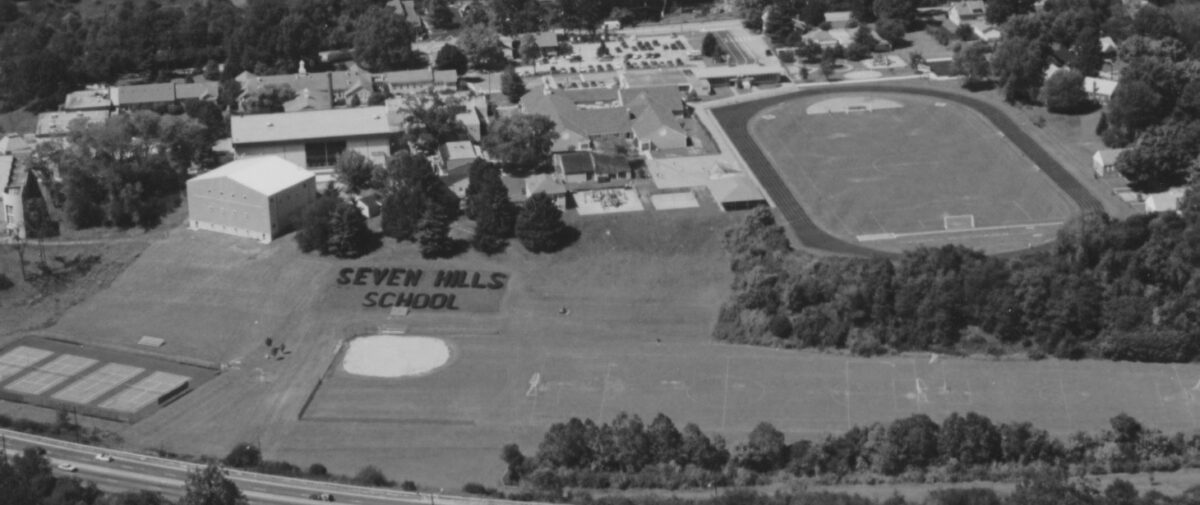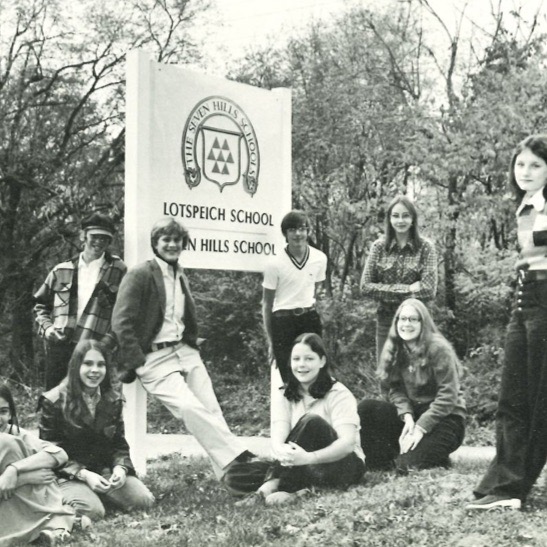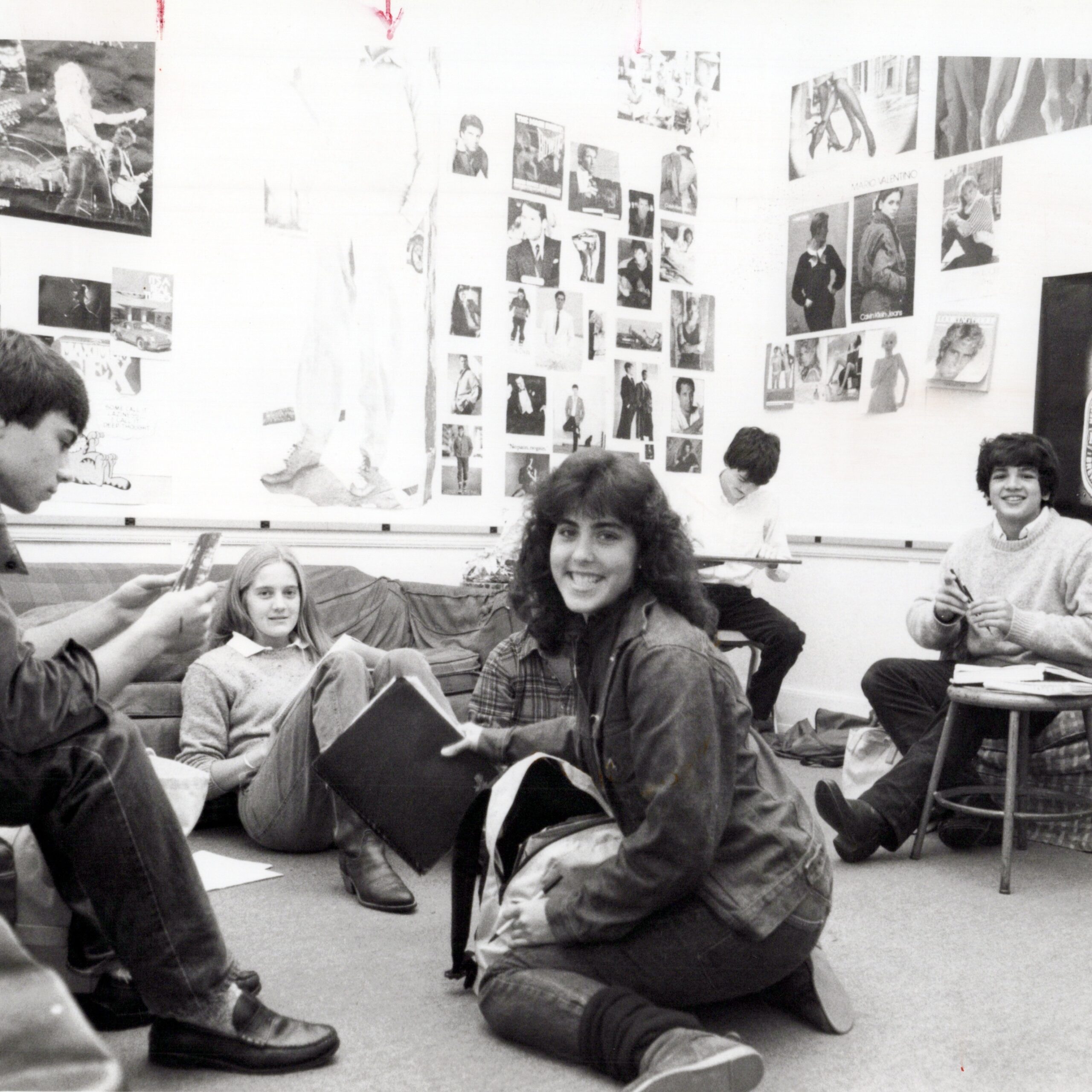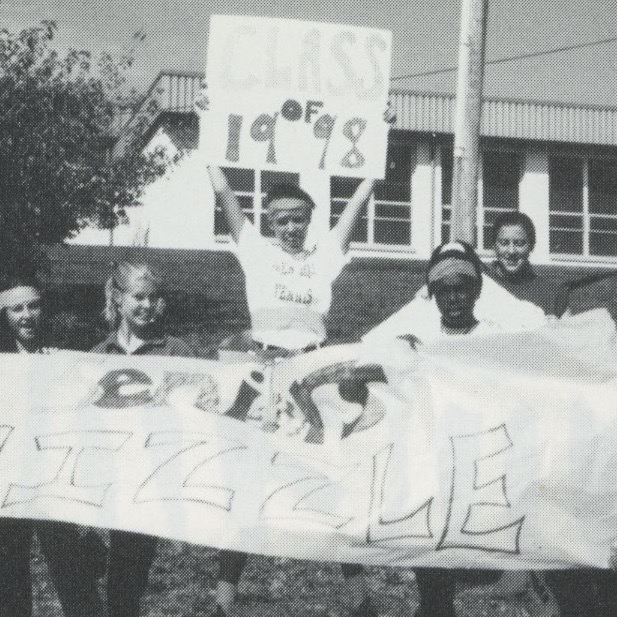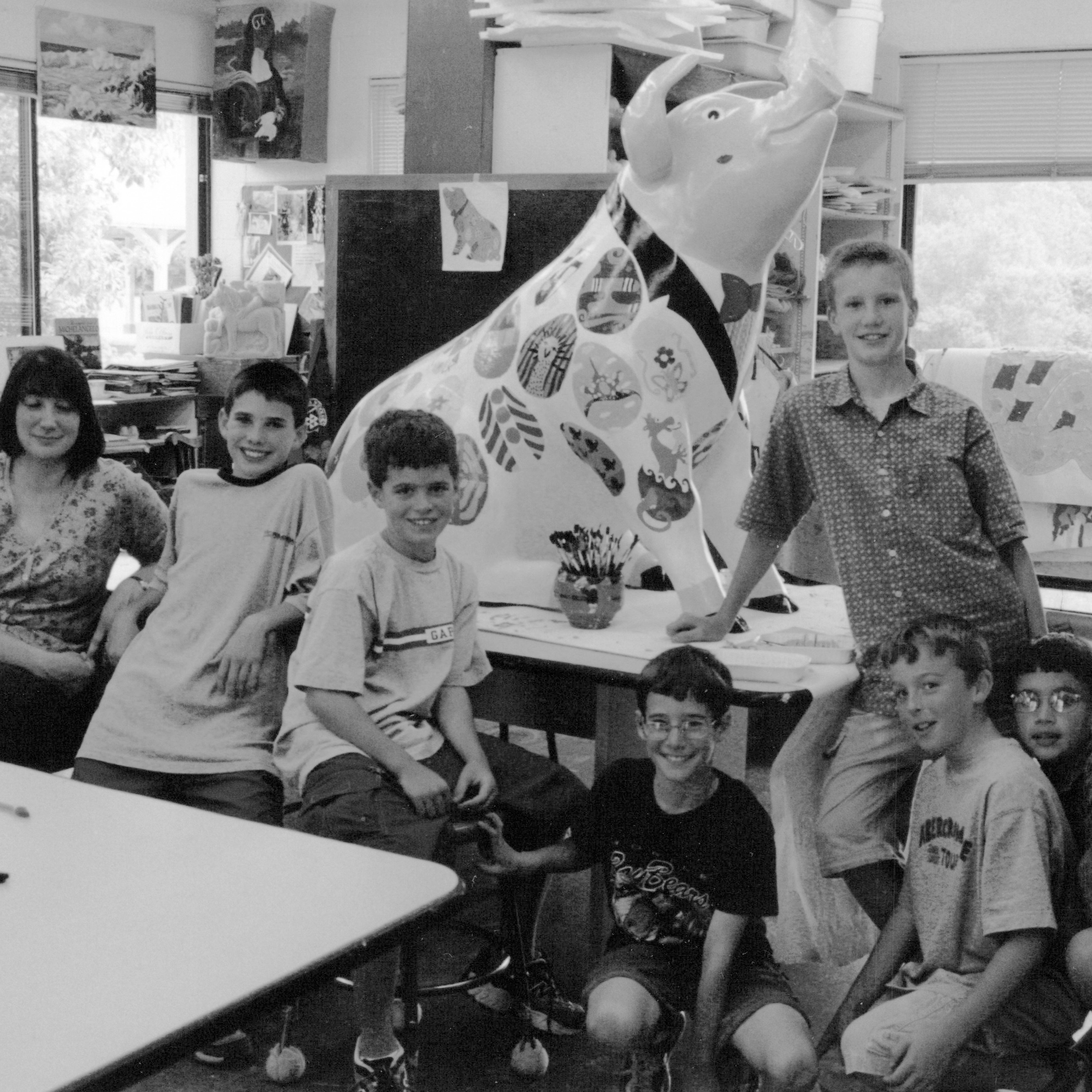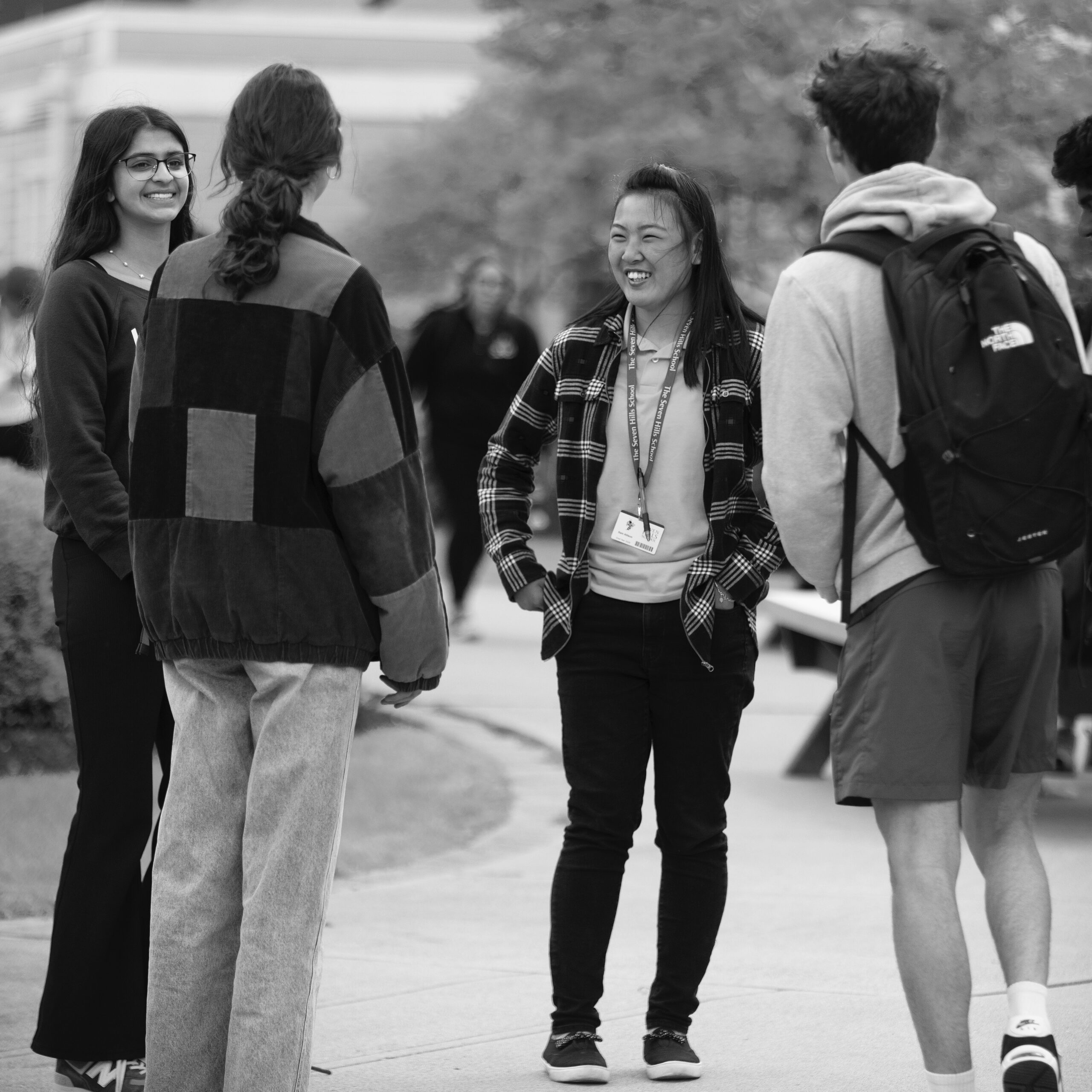This year, we’ll celebrate the 50th anniversary of the merger that gave birth to The Seven Hills School, and as someone who was not only present at that auspicious occasion but who has happily participated in its half-century evolution, I’m happy to provide a few words of introduction.
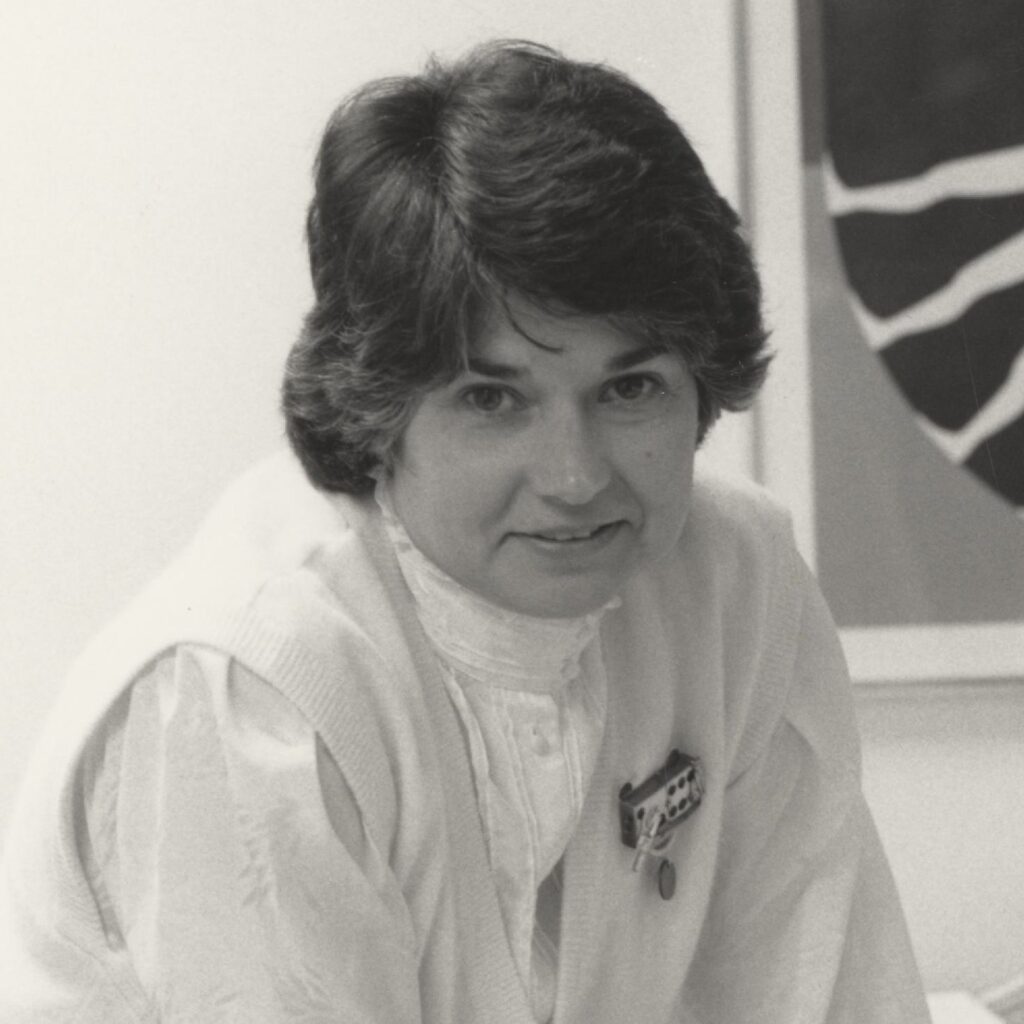
It won’t surprise you that the Seven Hills of today is very different from the school I began teaching at in 1971, but the school’s essential ethic has never changed: we’ve always been committed to preparing our students for knowledgeable, meaningful, and fulfilling lives. We’ve modernized our campuses, our curriculum, and our activities, but we’re still devoted to ensuring that our graduates acquire the skills they will need to thrive in a rapidly changing world.
Today’s Seven Hills is significantly bigger, enrolling nearly 1,100 students aged 2 through grade 12. Our graduating classes of 30 to 40 in the 1970s have now grown to 90 to 100. We’re also a much more diverse community, drawing students from 65 zip codes and serving families from a wide range of racial, ethnic, religious, and socioeconomic backgrounds. The vast majority of our students now come from two-income families; to serve their needs, the school now operates virtually all year around. This richer mix of backgrounds and perspectives has created an even more vibrant learning community and has helped prepare our graduates for a world that is increasingly pluralistic and multicultural.
The last five decades have also brought many physical changes. In the 1970s and 1980s, the school rebuilt Jones Hall on the Doherty Campus, the Lotspeich building on the Hillsdale Campus, and added and/or renovated the Stoehr and Kalnow Gyms. A flurry of construction between 1998 and 2001 added Haile Hall at Doherty, and the Donovan Arts Center and a fabulous new Upper School building on the Hillsdale Campus. Most recently, over the last six years, we’ve added nearly 100,000 square feet of new space, including the wonderful Taft Early Childhood Center, the stunning Schiff Center, with its 500-seat auditorium, a new, state-of-the-art Middle School building, plus three turfed and lighted playing fields, 10 new tennis courts, and a monumental four-court fieldhouse.
Our curriculum has grown significantly too, becoming more global and inclusive, with new offerings in non-Western literature and history, electives in global issues, environmental science, race and culture, gender studies, and a much more robust world language program, including six levels of Chinese and extensive foreign travel and exchange programs. We make a much more intentional effort to build cross-cultural competency by exposing students to a wide range of experiences, knowing that they will someday work alongside people from a range of cultural backgrounds. As many more of our graduates aspire to careers in science and technology, Seven Hills has also built out its array of STEM options, offering a robust range of courses in engineering, anatomy and physiology, biotechnology, and a full range of computer science courses.
Another major thrust has been in civic engagement and real world, experiential learning, part of a sustained, schoolwide effort to prepare students for informed and engaged citizenship. Building on the school’s tradition of robust challenge projects and community service requirements, the faculty has added May Terms, Civic Engagement Seminars, and a host of other co-curricular programs designed to immerse students in complex social issues. Our hope is to foster our students’ compassion, empathy, and sincere desire to improve their communities as they enter an infinitively more interconnected world.
Despite all these changes, today’s Seven Hills is, in most essential ways, still the same school community I have known and loved for more than five decades. It continues to be populated and defined by its bright, eager, curious students and its warm, inclusive culture, enriched by legions of inspirational teachers who have dedicated their lives to nurturing the growth of young people. While well-loved giants like David Abineri, Bob Turansky, Margaret Vitz, Linda Wolfe, Kathy Richardson, Phyllis Cartwright, Sandy Smythe, Patty Flanagan, Diane Kruer, and Wynne Curry no longer walk our halls, the faculty of today are as talented, as committed, as intellectually alive as at any time in the school’s rich history.
Seven Hills continues to be a place where learning flowers in an engaging, relationship-based atmosphere, and where students are encouraged to challenge themselves and discover new talents and skills. The pace of life and the pressures on young people have increased exponentially in these 50 years, but growing up still feels a little easier here at Seven Hills, where our students continue to be surrounded by peers and teachers and families who love and support them.
It has been my glorious good fortune to participate in the growth and development of this remarkable school community.
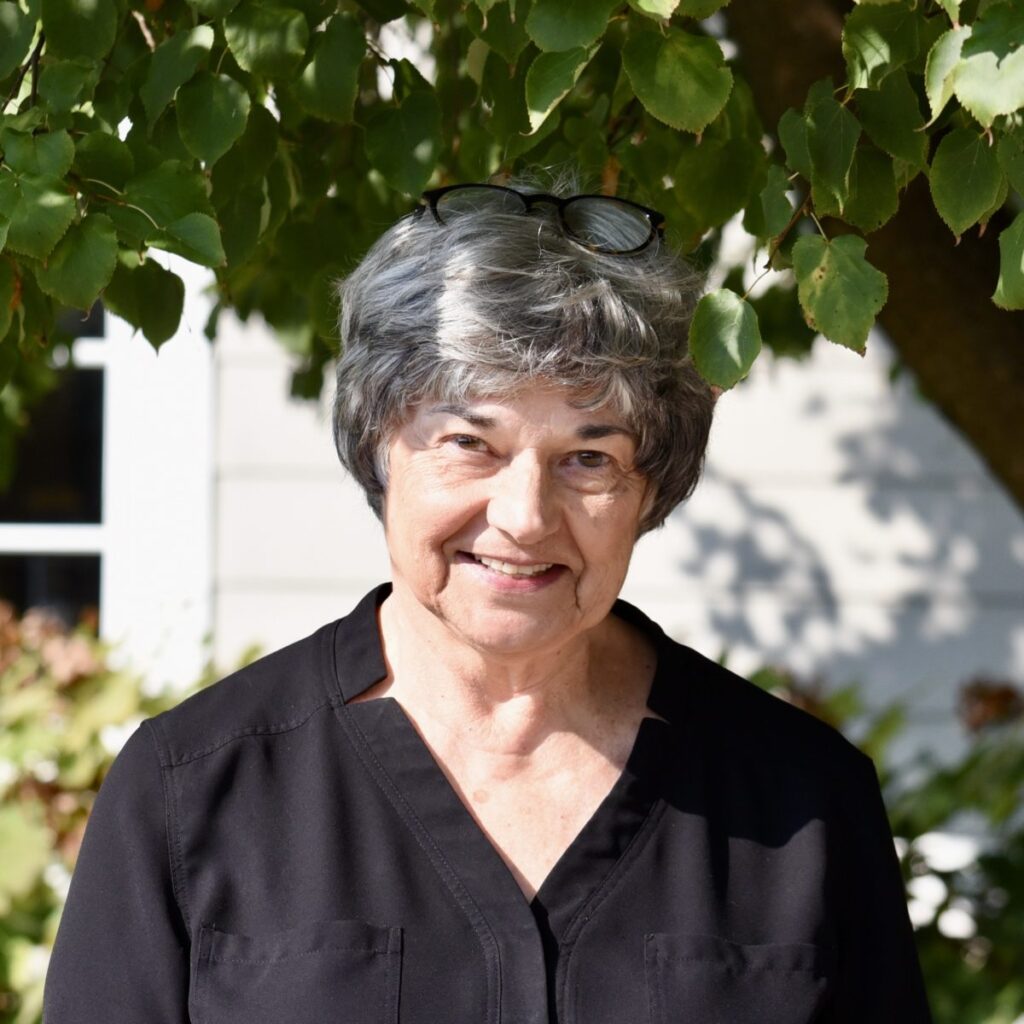
Susan Marrs
Assistant Head of School
